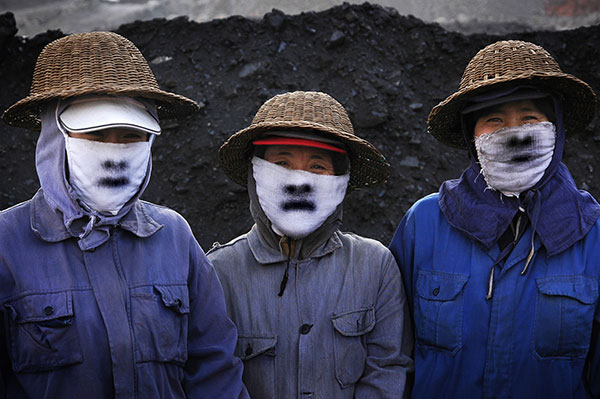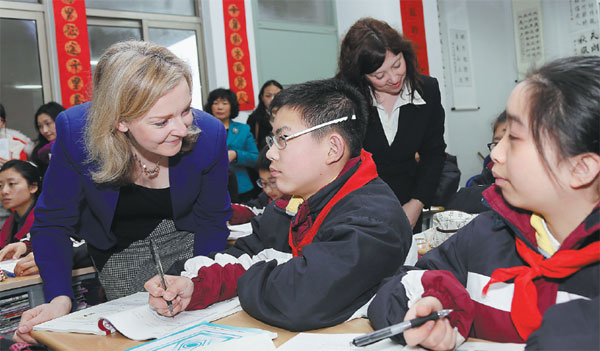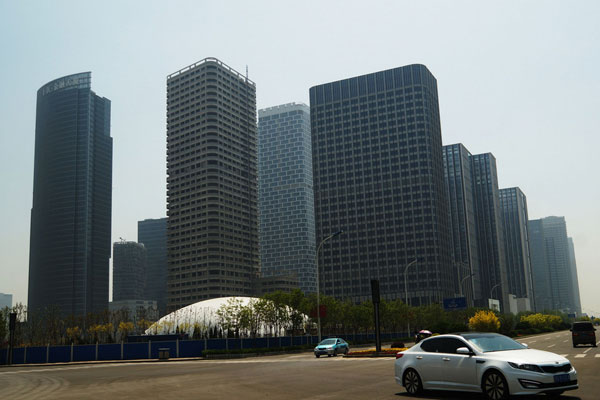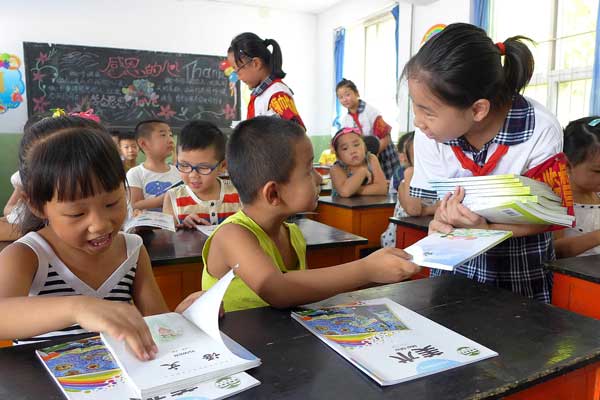Green finance booming among Chinese banks
Updated: 2015-08-26 10:42
(Xinhua)
|
|||||||||||
BEIJING - Green finance is quickly becoming an effective credit tool in China's fight to curb pollution and develop a green economy.
At least 2 trillion yuan ($326.8 billion) of investment in industries related to environmental protection will be needed every year in the next five years, said Ma Jun, economist with the People's Bank of China, the central bank, on Tuesday.
However, the government's financial budget can only afford 300 billion yuan of the investment, which leaves huge market opportunities worth around 8.5 trillion yuan for the banks in the coming five years, Ma said.
China introduced the green credit concept in July 2007, as part of its enforcement of eco-friendly economic policies. Communications between environmental monitors and banks saw some plants blacklisted from receiving loans because of their pollution record.
Environmental protection is a sunrise industry with huge opportunities, which means big profits for banks, said Gong Hailei, assistant to the Beijing branch president of Evergrowing Bank, a Chinese joint-stock commercial bank.
"It has only been eight months since our Beijing branch was established, but the loans we issued for green industry have already accounted for more than 20 percent of the total lending," Gong said.
In a set of green credit guidelines released in March last year, the China Banking Regulatory Commission (CBRC) urged Chinese banks to use green credit as a tool to support carbon emission cuts while achieving sustainable growth.
Banks should "pay special attention" to environmental and social impact possibly caused by their customers' projects and, based on assessment results, determine credit ratings and entry and exit terms, according to the guideline.
As of the end of 2014, China's 21 major banks had a total of 6.01 trillion yuan in outstanding loans to green-credit-related customers, 15.67 percent more than that registered in the beginning of the year, according to the CBRC.
Related Stories
9.4 trillion yuan pledged to fight water, air pollution 2015-08-14 11:15
China promises better environmental protection 2015-06-10 10:53
Industrial city faces pollution control conundrum 2015-07-10 13:27
Green shoots of new bond market in China 2015-06-01 08:29
In China, firms flash green credentials as regulators loom 2015-05-22 13:39
Driving restriction taken out from draft amendment 2015-08-25 09:53
Today's Top News
China cuts interest rate to bolster real economy
V-Day celebration to 'create new national history'
Shanghai index edges below 3,000 for first time in 8 months
China share plunge smacks world markets
30 heads of state to attend China's Victory Day celebrations
ROK, DPRK agree to defuse tension
Marathons emerge as ideal way to promote cities, earn revenue
China equities collapse sparks global markets sell-off
Hot Topics
Lunar probe , China growth forecasts, Emission rules get tougher, China seen through 'colored lens', International board,
Editor's Picks

|

|

|

|

|

|






